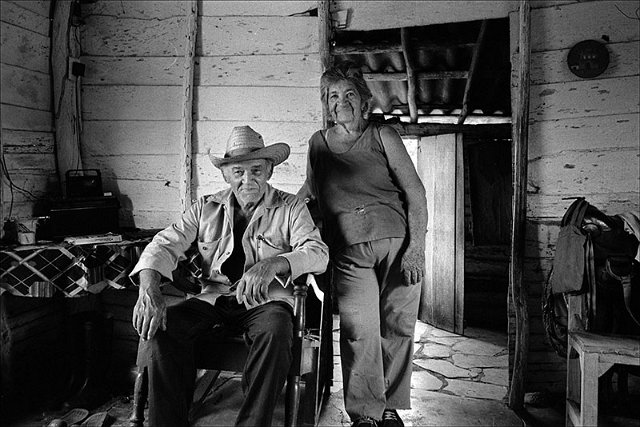Tim Gray
Well-known
If you can go slower, check out the CV 28/3.5. Fabulous lens, though they are starting to get pricey. I've not used the two you mentioned, but I'd go for the Hexanon if it were me.
In particular check for decentering on the CV.
Hexanon is better, CV is faster. You decide what you need more. If you shoot 28mm a lot, I'd go with a better lens. And I did - I have the Hex.

But I have come to find that almost all indoor shots meter at f2.8 @ 1/30th with an e.i. of 320.
I haven't tried the Ultron or Rokkor.
I've used these 28's extensively: M-Hexanon, Canon 28/2.8 ltm, CV 35/3.5 ltm, CV 28/1.9 ltm, Zeiss Biogon 28/2.8 M.
I'd rate them in this order, assuming you get good samples:
1. M-Hexanon 28/2.8 M (medium size)
2. Canon 28/2.8 ltm (small)
3. CV 28/1.9 (big)
4. CV 35/3.5 (small)
5. Zeiss Biogon 28/2.8 (medium)
I have great photos from all of them, but the Biogon is not the one you want if you shoot in or towards the sun, the build quality is also so-so, it's on the same level as the CV's.
Interesting ranking.
could you please elaborate on number 2-3-4?
Is the old design canon that good?
Why do you rank the skopar so low?
Thanks!
Good point. I usually use 400 speed film and you've got to dip pretty low on the shutter speed wide open at 2.8 to get something usable. And then I have to work it in post to open it up a little more. Bob - are these straight from the camera or did you use some levels/contrast in post to get your results? In any case, thanks for posting real world examples.<snip>
Chris
Nice photo. You must shoot in different indoors than I do. I've been at 1/8 at f/2 and ISO 400 enough that it's a nuisance. Shooting TMZ at 1600 gets that up to a more reasonable 1/30th.
I do agree with your sentiment though. You can do a lot with f/2.8 or even slower.

Bob - I post process everything as well, usually some curves and sharpening, maybe a little more but not much. I come from the digital side so it's expected to run everything through LightRoom - I have no shame 🙂 I've found I can pull film scans quite a bit but sometimes when you're at an edge already you lose your ability to get much more in post.
Tim - I agree with you about just not being enough light sometimes. I shoot people almost exclusively, and while I'm not always trying to totally freeze motion, I don't like excessive blur. 1/30 is about as low as you can go and hope to get a clean shot if the subjects aren't completely still. 1/60 is better.
Oh, I just sent funds for a 28 Hexanon, should be here next week. I can't wait to see how it works on the M6. I don't have anything against CV - I have the 35 Color Skopar and quite like it - but the Hexanons just seem right.
Chris

